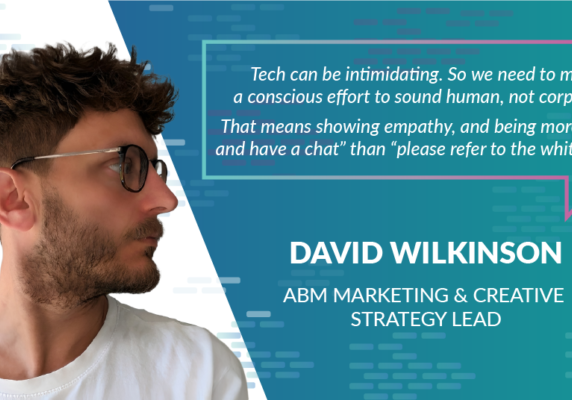Safeguarding Your SME: A Comprehensive Guide to Website Security
In today’s digital age, where technology drives business operations, safeguarding your small to medium-sized enterprise (SME) against cyber threats is paramount. As an SME owner, your website serves as a gateway to your brand, products, and services, making it a prime target for cybercriminals. Therefore, implementing robust website security measures is not just advisable; it’s essential for the survival and success of your business. Here are 10 website security essentials that can shield your SME from cyber threats:

- Understanding the Threat Landscape Cyber threats come in various forms, including malware, phishing attacks, DDoS (Distributed Denial of Service) attacks, and data breaches. These threats can lead to severe consequences, such as loss of sensitive data, financial damages, reputational harm, and legal liabilities. Recognising the potential risks is the first step in fortifying your website’s security defences.
- Implementing Secure Hosting Choosing a reliable and secure web hosting provider is fundamental to your website’s security. Opt for providers that offer robust security features, including SSL (Secure Sockets Layer) encryption, regular backups, firewalls, and malware scanning. Additionally, ensure that your hosting provider regularly updates server software to patch vulnerabilities and strengthen security protocols.
- Enforcing Strong Password Policies Weak passwords are an open invitation to hackers. Implement strict password policies for your website, requiring employees to use complex passwords comprising a combination of letters, numbers, and special characters. Encourage regular password changes and discourage the reuse of passwords across multiple accounts. Consider implementing multi-factor authentication (MFA) for an extra layer of security.
- Keeping Software Updated Outdated software, including content management systems (CMS), plugins, and themes, are common targets for cyber attacks. Regularly update all software components of your website to patch known vulnerabilities and strengthen security. Enable automatic updates whenever possible to ensure timely protection against emerging threats.
- Securing Data Transmission with SSL SSL encryption ensures secure data transmission between your website and users’ browsers, preventing interception and tampering by cybercriminals. Install an SSL certificate on your website to encrypt sensitive information such as login credentials, payment details, and personal data. Displaying the SSL padlock icon builds trust and enhances your website’s credibility.
- Implementing Web Application Firewalls (WAF) Web Application Firewalls (WAFs) act as a shield between your website and malicious traffic, filtering out potential threats before they reach your server. Deploying a WAF can help mitigate common web-based attacks, such as SQL injection, cross-site scripting (XSS), and file inclusion exploits. Choose a WAF solution that offers real-time threat monitoring and customisable security rules to adapt to evolving threats.
- Regular Security Audits and Vulnerability Scans Conducting regular security audits and vulnerability scans is essential for identifying weaknesses in your website’s defences. Utilise automated scanning tools to detect vulnerabilities in code, configurations, and server settings. If necessary, perform penetration testing to simulate real-world cyber attacks and assess the effectiveness of your security controls. Address any identified vulnerabilities promptly to prevent exploitation by malicious actors.
- Educating Employees on Security Best Practices Human error remains one of the leading causes of security breaches. Educate your employees on security best practices, such as identifying phishing attempts, practicing safe browsing habits, and exercising caution when handling sensitive data. Establish clear guidelines for accessing and managing company resources, and conduct regular security awareness training sessions to reinforce cybersecurity protocols.
- Implementing Access Control Measures Limiting access to sensitive areas of your website is critical for preventing unauthorised modifications and data breaches. Implement role-based access control (RBAC) to assign appropriate permissions to employees based on their roles and responsibilities. Regularly review user privileges and revoke access for employees who no longer require it. Monitor user activity logs for any suspicious behaviour that may indicate unauthorised access attempts.
- Backing Up Data Regularly Despite the best security measures, data loss can still occur due to unforeseen circumstances such as hardware failures, natural disasters, or cyber attacks. Regularly back up your website’s data, including databases, files, and configurations, to secure off-site locations. Test your backup and recovery procedures periodically to ensure the integrity and availability of your data in the event of an emergency.
Safeguarding a SME against cyber threats requires a proactive approach and a multi-layered security strategy. By implementing the above-mentioned website security essentials, you can strengthen your defences, mitigate risks, and protect your business from potentially devastating consequences. Remember, investing in website security is not just an expense; it’s an invaluable investment in the long-term success and resilience of your SME in today’s digital landscape.
To ensure ongoing protection and peace of mind, you can consider enlisting our monthly support services. Our dedicated team can provide regular maintenance and security updates, keeping your website fortified against evolving threats while you focus on growing your business. With our expertise and commitment to safeguarding your online presence, you can rest assured that your SME remains resilient in the face of cyber challenges.







